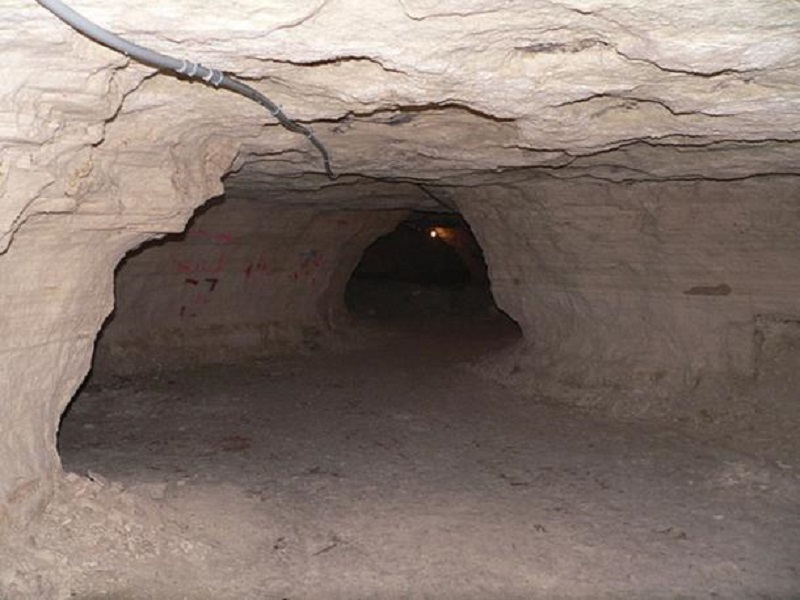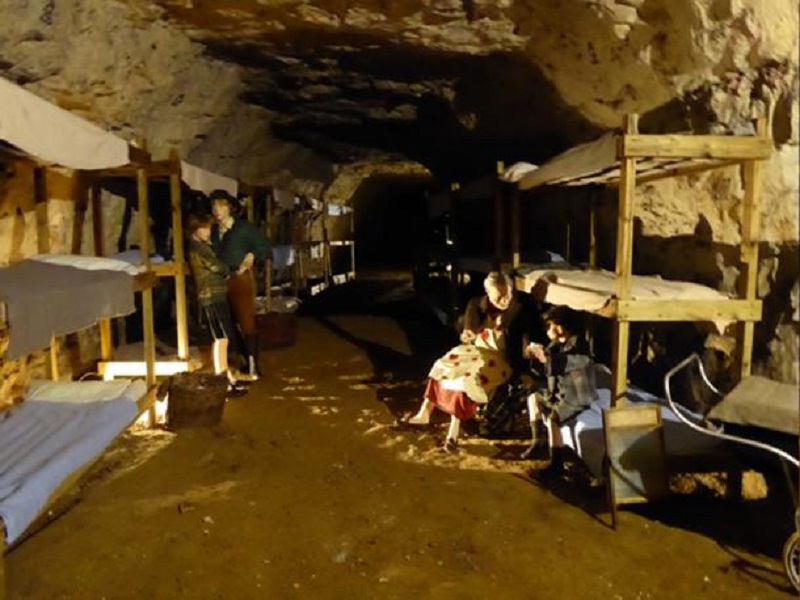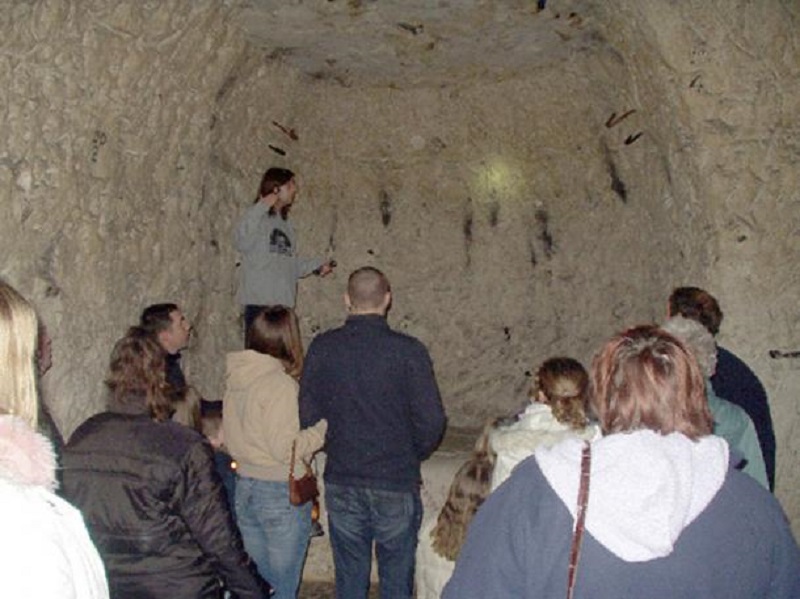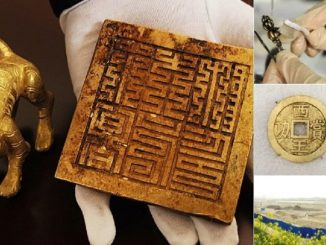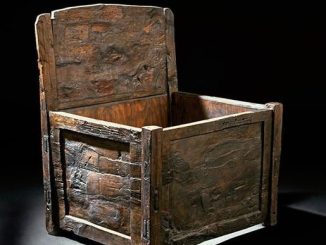Chislehurst Caves are a series of underground tunnels, man-made chambers and caves located in the southeast of Greater London. Although the history of the caves dates back much further, the earliest accounts of Chislehurst Caves state that they were chalk and flint mines, which were abandoned around the turn of the 19th century. In the early 20th century, Chislehurst Caves is reopened as a tourist attraction. Over the next century, the caves were used for a variety of purposes.
What is Chislehurst Caves?
Chislehurst Cave is located southeast of Greater London, in the London Borough of Bromley. The caves reach a depth of about 30.5 meters (100 feet) and stretch over a distance of 35 kilometers (22 miles). However, 90% of the cave system remains unmapped because it has been flooded. Water movement may have played a role in forming the first stages of underground systems, which were later enhanced by human intervention. Even today, running water still flows beneath many of the passages. The discovery of the skeleton of a small Plesiosaur trapped in a cave suggests it may have formed around 53 million years BC.
When Chislehurst Caves was first opened to the public in the early 20th century, tourists learned that parts of the cave system had been inhabited between 6000 and 4000 years ago. And legend has it that the caves were created by druids. The second phase of the caves were created after the Romans arrived in Britain and are therefore probably about 2000 years old. The third and final phase of Chislehurst Cave dates to around 500 AD, at the time the Saxons arrived on the island.
However, the reality is completely different from what was told by the first tour guides about the cave. One of the earliest mentions of Chislehurst Cave comes from a charter dating to the mid-13th century, in which it is said to have been used to mine chalk and flint. Another reference to the caves can be found in a set of church records from 1737.
Archeology has also not provided much help in reconstructing the cave’s history as little archaeological evidence has been found that could date the site’s founding. However, there are suggestions that the caves were used around 10,000 BC to protect people from the receding ice age, which may be supported by the discovery of a Prehistoric skeletons lie on the ceiling of the first part of the cave.
Chislehurst Cave was used to mine chalk and flint. (Ammodramus / Public Domain)
Documented history of Chislehurst Caves
However, the more recent history of Chislehurst Cave is much better documented. For example, during the 1830s, a ‘limeburner and flintlocker’ named Soper was recorded as working in the Saxon cave site, and it was around this time that the mines fell into disuse. Once abandoned, the caves were rarely visited because they were located in isolated areas. However, in 1865, a railroad into the area was built, making it easier for the public to access.
Only in the early years of the 20th century did Chislehurst Cave become a significant tourist attraction. This is due to the statement of William Nichols, Vice President of the British Archaeological Society regarding the caves. Nichols himself suggested that Chislehurst Cave was created by druids, Romans and Saxons. In a way, the debate that ensued was intended to advertise the caves and attract more curious tourists to them.
Uses of Chislehurst Cave
When World War I broke out in 1914, Chislehurst Cave was used as an ammunition depot. When the army left in 1920, the caves were reused again, this time turned into a mushroom farm by the Kent Mushroom Company. Operations ground to a halt when World War II began when they were turned into air raid shelters
In 1940, the Germans began a bombing campaign, known as the Blitz, against Britain, and many civilians fleeing London sought shelter in Chislehurst Caves. At the time, the caves had a nightly population of up to 5000 people, rising to 15,000 when the bombing was heaviest. Despite these numbers, the refugees have developed a remarkable system of self-organization. For each of the 50 shelters, a ‘shelter captain’ is elected, who is responsible for ensuring that shelter regulations and codes of conduct are followed.
A typical World War II dormitory at Chislehurst Caves. ( Geography / CC BY-SA 2.0 )
When the war ended, Chislehurst Caves was once again reopened as a tourist attraction. During the 1960s, the venue became a music venue, hosting rock and roll icons such as Jimi Hendrix, the Rolling Stones and Led Zeppelin. Additionally, several episodes of the hugely popular British science fiction series, Doctor Who, were filmed in caves.
A local legend near the caves says that every year ghostly horsemen appear near the Rambles Rest Public House at the top of the hill and gallop over the walls of the cottages. The ruins of the stables can still be found there today. Despite its legendary status, those who live in the houses there still tend to leave on the day of the annual event.
Today, Chislehurst Cave continues to be open to the public.
Chislehurst Cave is a tourist attraction. (Bill Payer / CC BY-SA 2.0
